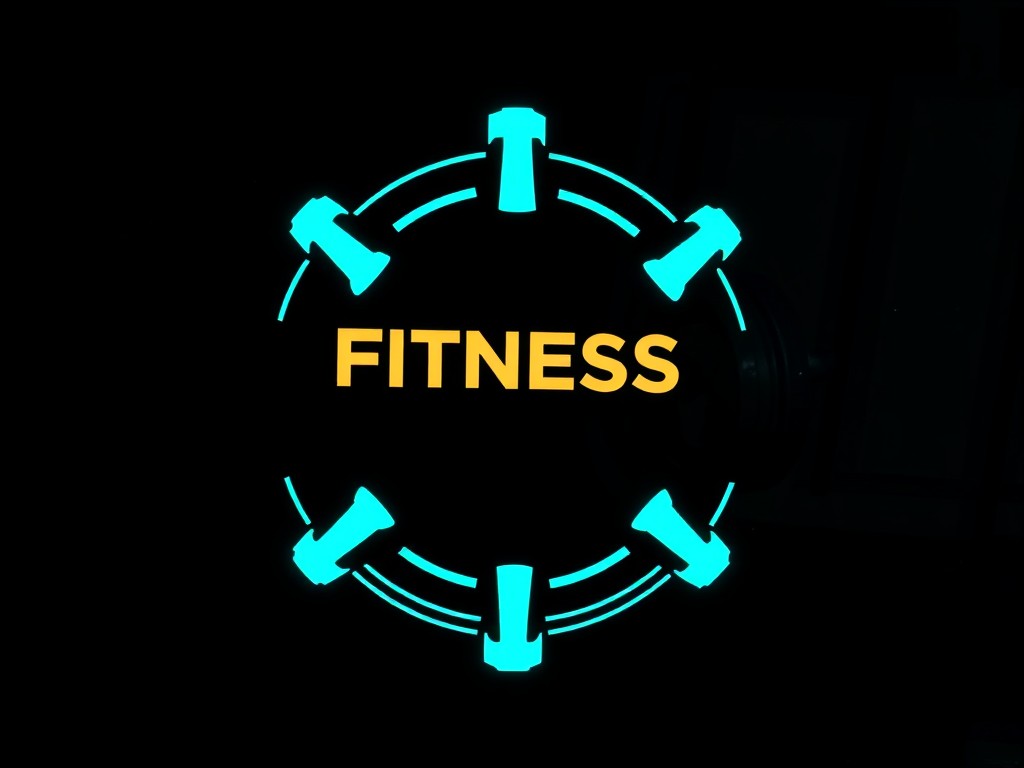As a karate student, you understand that the sport is more than just a series of strikes and blocks. It’s a discipline that links the mind, body, and spirit. One aspect that often gets overlooked is the significance of proper breathing. Breathing, as simple as it may seem, plays a pivotal role in your performance during competitions. If you’re not breathing correctly, your movements may become less precise, you may tire quickly, and your focus may wane. This article will delve into the most effective breathing techniques that UK karate students can employ during competitions.
The Significance of Proper Breathing in Karate
Before we delve into the techniques themselves, it’s crucial to understand why proper breathing in Karate is so critical. Your breath essentially acts as the fuel for your body. Without it, your muscles can’t function, and your mind can’t focus. In the context of karate, this can lead to a swift defeat.
Also read : How can UK combat sports athletes utilize heart rate variability for better recovery?
When you’re in the midst of a competition, stress and adrenaline can often result in shallow and rapid breathing. This type of breathing can lead to fatigue and a lack of mental clarity. In contrast, deep and rhythmic breathing can help you maintain control, keep your energy levels high, and stay focused.
Breathing properly can also help you manage pain and discomfort. When you get hit or injured, your natural reaction might be to hold your breath. However, this can intensify the pain. On the other hand, focusing on your breath can help you manage the pain more effectively.
In parallel : How do UK boxing coaches use periodization to plan training cycles?
The Diaphragmatic Breathing Technique
One of the most effective breathing techniques in karate is diaphragmatic breathing. This technique involves inhaling deeply through your nose, allowing your diaphragm to expand and fill your lungs with air. The key is to make sure your abdomen, not your chest, is rising and falling with each breath.
Diaphragmatic breathing can help you stay grounded and calm, even in the heat of a competition. It provides your muscles with a steady stream of oxygen, preventing fatigue and keeping your mind clear. To practice it, try to spend a few minutes each day focusing on your breath. Inhale deeply, hold the breath for a few moments, and then exhale slowly.
The Nogare Breathing Technique
The Nogare breathing technique is a method popular in many martial arts, including karate. It involves synchronized breathing with your movements. Essentially, you exhale during the execution of a technique and inhale during the preparation of the next one.
For example, if you’re executing a punch, you would exhale as you extend your arm and inhale as you withdraw it. This rhythmic breathing can help your movements become more fluid and precise. It can also help you stay focused, as you’re continually linking your breath to your physical actions.
The Kiai Breathing Technique
Kiai is a term used in karate that essentially means ‘spirit shout’. It’s a powerful exclamation that’s often accompanied by a forceful exhalation of breath. The purpose of the kiai is to startle or intimidate your opponent, boost your confidence, and increase the power of your techniques.
When using the kiai, it’s essential to focus on your breath. The exclamation should originate from your abdomen, not your throat. Think of it as a forceful exhalation, coupled with a sharp and potent shout. Practising the kiai can help you get accustomed to controlling your breath during high-intensity moments in a competition.
The Quiet Breathing Technique
While most of the techniques we’ve discussed involve active control of your breath, the quiet breathing technique involves passive, natural breathing. It’s particularly useful during moments of rest or pause in a competition.
The goal is to breathe in a relaxed and natural manner, allowing your body to recover and your mind to re-centre. Quiet breathing involves inhaling and exhaling through your nose, with each breath being slow, deep, and calm. This can help reduce stress and anxiety, improve focus, and preserve energy.
In conclusion, proper breathing is critical in karate. Practising these techniques can significantly enhance your performance during competitions. So, dedicate some time each day to focus on your breath and incorporate these methods into your training regimen. You’ll soon notice a marked improvement in your endurance, focus, and overall performance.
The Science Behind Breathing Techniques
The science of breathing techniques is based on the principle of oxygenation. Oxygen is crucial for all bodily functions, especially during physical activities such as karate. Regular and deep breathing helps increase the amount of oxygen intake, facilitating its circulation in the blood, which ultimately fuels the muscles.
Effective breathing techniques are not restricted to just inhaling and exhaling. They also involve controlling the rate of your breath, the depth of your inhalations, and ensuring that your breathing rhythm matches your physical movements. For instance, the Nogare technique, where you synchronize your breathing with your movements, helps maintain a rhythmic pattern that aids in enhancing your performance.
Also, the diaphragmatic breathing technique focuses on engaging the diaphragm, leading to deeper inhalations and increased oxygen supply to the body, thus preventing fatigue. On the other hand, the Kiai technique involves a forceful exhalation, which not only increases the power of your techniques but also helps to control your breathing during high-intensity situations.
Breathing techniques also play a psychological role. Controlled breathing can help manage stress levels, maintain mental clarity, and improve concentration. For instance, quiet breathing techniques can help calm the mind, reduce anxiety, and improve focus, which can be beneficial during pause moments in a competition.
The Integration of Breathing Techniques into Training Routines
To ensure the effectiveness of any breathing technique, it’s crucial to integrate it into your daily training routine. Practising these techniques regularly can help you master the art of controlled breathing, ensuring an automatic reflex during competitions, instead of a conscious effort.
An easy way to integrate these techniques into your training routine is to practice them during warm-ups and cool-downs. Incorporating diaphragmatic breathing during warm-ups can help prepare your body for the training ahead by increasing your oxygen intake. On the other hand, practising quiet breathing techniques during cool-downs can help your body recover from the intense workout, slowing down your heart rate and calming your mind.
Practising the Nogare and Kiai techniques during your actual karate training can also prove beneficial. These techniques require you to synchronize your breath with your movements, making your actions more fluid and precise. Regular practice can help make this synchronization second nature during competitions.
Conclusion
In UK karate, as in any other martial art, physical actions are only part of the equation. Proper control of your breath can drastically affect your performance, stamina, and mental focus. Understanding and practising different breathing techniques like diaphragmatic, Nogare, Kiai, and quiet breathing can significantly enhance your karate performance.
These techniques, when integrated into your daily training, can help improve your oxygen supply, regulate your breathing, and also provide psychological benefits such as stress management and improved focus. The key is regular practice and becoming comfortable with these techniques, so they become part of your natural reflex during competitions.
So, remember to focus on your breath. It’s not just about survival; it’s about maximizing your potential as a karate student.











